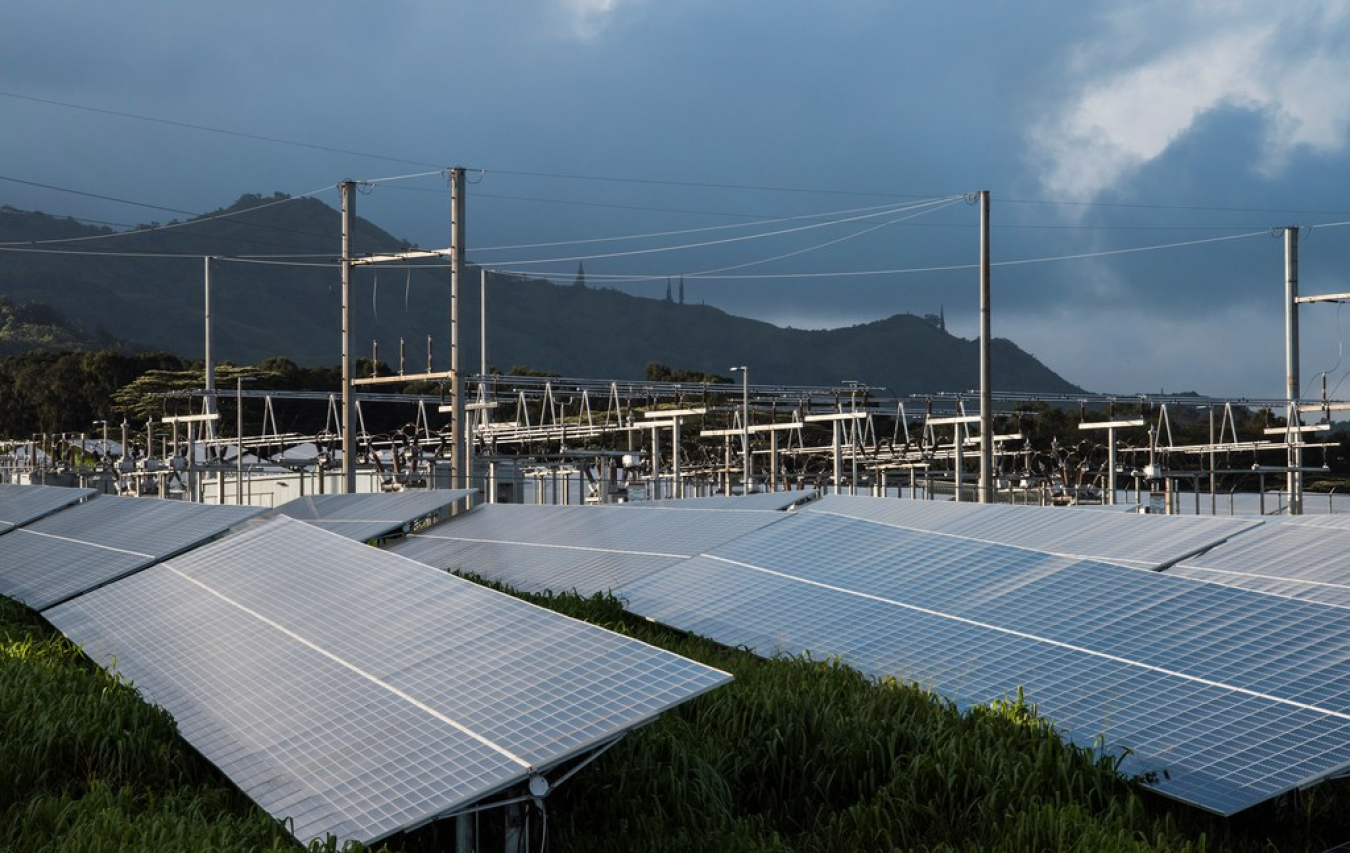The U.S. Department of Energy funded the Interstate Renewable Energy Council (IREC) to address standalone energy storage and solar-plus-storage interconnection challenges on the distribution grid.
Solar Energy Technologies Office
April 23, 2024
According to the U.S. Department of Energy (DOE) Solar Futures Study, solar energy capacity will need to rapidly expand from 120 gigawatts (GW) today to 1,000 GWac in 2035 to support a decarbonized electric grid. As larger amounts of variable renewable energy resources like solar are deployed, energy storage can help stabilize the electric grid. Small-scale solar coupled with storage can also power critical building loads during grid outages, enhancing community resilience. The process to get approval to connect these resources to the grid can be challenging, but a new toolkit lays out solutions to make energy storage interconnection easier than ever before.
In 2019, DOE awarded $1.3 million to the Interstate Renewable Energy Council (IREC) to address standalone energy storage and solar-plus-storage interconnection challenges on the distribution grid. IREC assembled a multidisciplinary team of researchers, solar and storage developers, and utilities to form the Building a Technically Reliable Interconnection Evolution for Storage (BATRIES) project. The BATRIES team identified nearly 40 areas of improvement for connecting energy storage systems to the distribution grid, then narrowed that list down to eight barriers to address during the three-year project.
The BATRIES team published its findings in a toolkit of best practices and technical solutions to interconnect energy storage systems to the grid. The free resource is designed to help utilities and regulators improve energy storage interconnection with solutions that are replicable across the country. Updating state rules will help reduce the costs and time to safely interconnect energy storage and solar-plus-storage systems.
For example, some states’ interconnection rules don’t include energy storage, which can cause delays and additional expenses in the interconnection process. The toolkit begins with a discussion on how to update interconnection rules with the correct terminology to describe energy storage projects and their pairing with other renewable generation, like solar. Incorporating storage into the rules provides greater clarity for developers, utilities, and regulators.
Additionally, in most states, the interconnection rules are not designed to utilize the full capabilities of energy storage. One of the major benefits of energy storage is the flexibility to control when power is exported to (or drawn from) the grid. Energy storage can store excess energy during the middle of the day and send it to the grid in the evening. But for many interconnection policies, the screening process to determine whether a project will require a more detailed impact study fails to account for this flexibility. The toolkit recommends regulators develop standards that describe scheduling of energy storage operations to give utilities confidence in the projects’ reliability.
Through virtual workshops and trainings, the BATRIES team trained more than 500 individuals in 42 states on implementing best practices from the toolkit. Several states, including Michigan, New Mexico, and Vermont, have already adopted best practices. California recently joined this group as well, adopting the first interconnection rules in the nation that allow clean energy developers to specify an operating schedule that will be used in the interconnection process as the basis for determining whether a system can connect without the need for grid upgrades. This decision builds out concepts introduced in Chapter IX of the BATRIES toolkit, “Defining Rules and Processes for the Evaluation of Operating Schedules.”
DOE continues to focus on bringing together stakeholders to solve interconnection challenges through the Interconnection Innovation e-Xchange (i2X). i2X recently released a roadmap for improving the interconnection process at the transmission level, and is in the process of developing a roadmap for the distribution grid. BATRIES findings can help inform the roadmap recommendations to quickly bring more energy storage capacity online.
Register to join i2X today and participate in the Solution e-Xchange meeting series.

